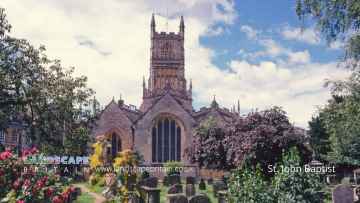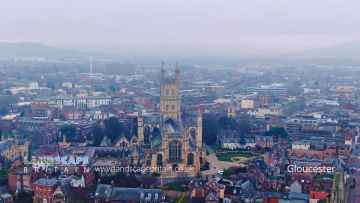Moreton-in-Marsh
Moreton-in-Marsh is a Town in the county of Gloucestershire.
There are great places to visit near Moreton-in-Marsh including some great ancient sites, historic monuments, towns, parks, hills, woodlands, geological features, caves, old mines, airports, historic buildings, villages and cities.
The area around Moreton-in-Marsh boasts some of the best ancient sites including Belas Knap Long Barrow, and Notgrove Long Barrow.
Don't miss Belas Knap Long Barrow's historic monuments if visiting the area around Moreton-in-Marsh.
The area around Moreton-in-Marsh boasts some of the best towns including Cheltenham, Coleford, and Cirencester.
Moreton-in-Marsh is near some unmissable parks like Pittville Park,
Places near Moreton-in-Marsh feature a number of interesting hills including Cleeve Hill.
There are a number of woodlands near to Moreton-in-Marsh including Puzzlewood.
Geological Features to visit near Moreton-in-Marsh include Puzzlewood.
Don't miss Clearwell Caves's caves if visiting the area around Moreton-in-Marsh.
There are a several good old mines in the area around Moreton-in-Marsh like Clearwell Caves.
Don't miss Gloucestershire Airport's airports if visiting the area around Moreton-in-Marsh.
Historic Buildings to visit near Moreton-in-Marsh include St. John Baptist Cirencester, and Gloucester Cathedral.
The area around Moreton-in-Marsh boasts some of the best villages including Duntisbourne Rouse, and Rodmarton.
The area around Moreton-in-Marsh's best cities can be found at Gloucester.
Moreton-in-Marsh History
There are some historic monuments around Moreton-in-Marsh:
Places to see near Moreton-in-Marsh
History of Moreton-in-Marsh
The Curfew Tower on the corner of Oxford Street is probably 16th century. Its bell was cast in 1633 and its clock was built in 1648. The Church of England parish church of Saint David began as a chapel of ease for Blockley, to which the residents of Moreton had to transport their dead for burial. The early history of the church in Moreton is not clear, but there is evidence that a primitive Celtic place of worship preceded the church on the present site, which had seven springs. The church at Moreton came under the jurisdiction of the Batsford Estate, when that estate was given to the Bishops of Worcester in the 12th century. Latterly, the church in Moreton was a chapel-at-ease for Batsford, which was technically the parish church. The appointment of the vicar for Batsford with Moreton alternates between the Bishop of Gloucester and the Lord of the Manor at Batsford, currently Lord Dulverton, who, until the Second World War, exercised his right to collect a shilling (5 pence) a year for every shop window facing Moreton High Street. There is a tradition that the church was rebuilt and reconsecrated in the middle of the 16th century. The nave was enlarged in 1790, with a £1,000 gift from Samuel Wilson Warneford, most of the church was rebuilt in 1858 and the tower was replaced in 1860. The chancel and south aisle were enlarged in 1892 and the east end of the south aisle has been used as a chapel since 1927. A nonconformist congregation started meeting in Moreton in 1796, was constituted as a Congregational church in 1801 and had a chapel built in 1817. In 1860-61 the Congregationalists replaced the chapel with a new one on the same site in a mixed neo-Grecian and Romanesque style.. The congregation voted against the merger with the Presbyterians and remains a Congregational Chapel. The Roman Catholics, without their own church in Moreton, held a mass there on Sunday mornings for several years.

























